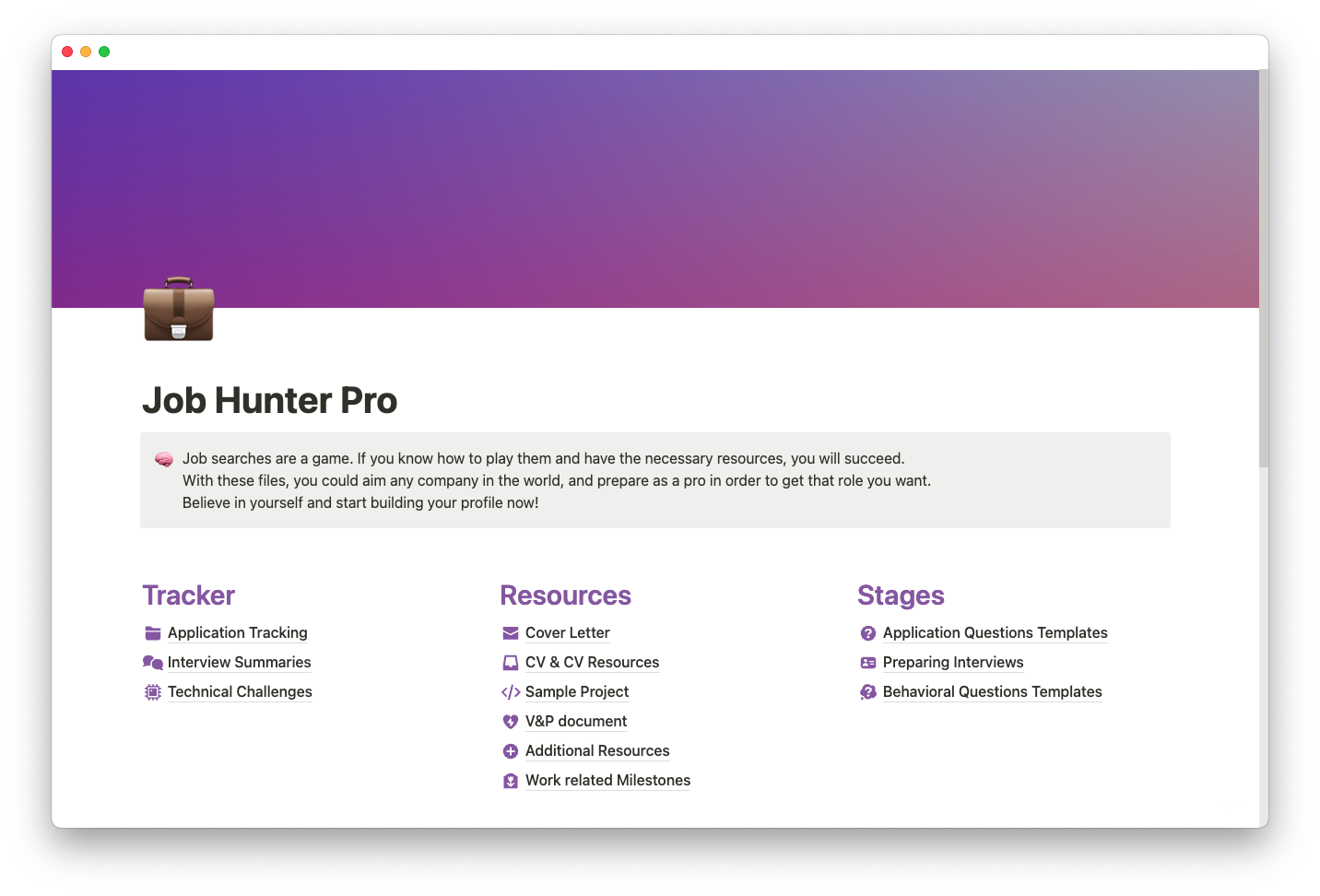Let's be honest: compensation is often a make-or-break component of a job offer.
But compensation is about more than the zeros behind a salary — it encompasses the entire employee benefits plan.
Your organization should pride itself on offering exciting and robust benefits. Not only does a great package empower you to attract and retain top talent, but — more importantly — it’s how you keep your staff safe, happy, and healthy. It’s so much more than putting snacks in the breakroom; it's about creating a work culture that puts employees’ needs first and seeks to keep it that way.
What are employee benefits?
Employee benefits are a form of compensation offered in conjunction with, but not including, regular salary or wages. As an employer, the goal is to balance your benefits offerings with fair pay to create the ultimate compensation package.
If you hear “benefits” and medical, dental, and vision coverage come to mind, you'd be correct. But employee benefits often include other upsides you may not have considered, including disability insurance, paid time off (PTO), and profit sharing. Some businesses even offer gym memberships or student loan repayment as fringe benefits.
You may have also heard non-wage related payments referred to as “perks,” particularly when there’s not an obvious monetary value attached to them. Think of a designated parking spot at work: Not only does this promote convenience, it also saves you from paying to park on the street.
Why are employee benefits important?
Creating and offering robust employee benefits packages can be very beneficial to your organization’s reputation and staff. Work benefits communicate to your employees that you're committed to their success and you care about them as people — not just as cogs in a machine.
Here are some other ways benefits support your company and staff:
Recruiting the best talent
There’s a big difference between two jobs that offer the same salary, but only one has benefits. Yes, pay is important — but contributing to a healthy work-life balance for your staff can also help you recruit the best talent. Perks like flexible spending accounts, remote work, and tuition reimbursement promote professional longevity and let incoming employees know you care about their lives, not just their output.
Maintaining employee retention
A great benefits package spends money on employee needs. If staff don’t feel pressure to switch jobs because they need better life insurance or a retirement plan, it leads to less turnover. Employees will stick around longer if you give them the benefits they need to live and thrive.
Promoting inclusion
Employees are also more likely to stay on if they feel wanted and included. Benefits like parental leave for all new parents, flexible PTO, and domestic partner health coverage show employees that you consider and care about their unique and diverse needs inside and outside of work.
Keeping healthy employees
A healthy employee is a productive employee. You create a much more efficient and effective work environment when your employees can care for themselves with a generous health plan.
Growing employee satisfaction
All these upsides come together to create a workforce of happy, healthy employees. And when your staff are feeling good, they can focus their energy on thriving at work — which directly contributes to your profitability. Consider benefits an investment in your workforce rather than an added cost.
Types of employee benefits
While compiling a comprehensive list of employee benefits could take a few days, most fall into one of these four categories:
1. Health benefits
These benefits include medical, dental, and vision insurance. Many employers contract with private insurance companies to negotiate the best available group plan for their employees. Additional health plan benefits include life insurance, short-term disability insurance, and accidental death and dismemberment coverage.
2. Financial benefits
One of the most significant financial benefits an employer can offer is a strong 401k retirement plan. Workplaces usually provide employees with pre-tax and post-tax options and an employer match — and it's that match amount that really contributes to retaining workers. Pension plans, profit sharing, and stock options are other financial benefits usually offered at the management or executive level.
3. Time off benefits
Employees deserve time off without feeling guilty about taking it. Offering PTO, paid sick leave, and company vacation days benefits employees’ physical and mental health, as it promotes healthy rest and combats burnout. These benefits show employees you want them to be able to decompress and come back to work refreshed and ready to produce.
4. Work-life balance benefits
How will your company go above and beyond to support staff outside of the office? Fringe benefits like remote work options, child care assistance, tuition reimbursement, and gym memberships are all work-life balance benefits that create happy, engaged employees.
Legally mandated employee benefits
Some employee benefits are mandatory. Here are six based on current federal, state, and local laws:
Minimum wage — mandated by the federal government and sometimes varied by state and county, this is the lowest amount an employer can legally pay an employee per hour.
Overtime — when an hourly employee (non-exempt) works more than 40 hours a week, they must be paid extra. Federal and state laws generally mark this as “time and a half,” though some states diverge from the federal mandate.
Unemployment insurance — both employees and employers pay into unemployment insurance benefits as a tax. This provides unemployed employees a fractional paycheck based on their previous wages if they should find themselves unemployed due to circumstances beyond their control.
FMLA — The Family and Medical Leave Act (FMLA) is a federal law that allows employees to take up to 12 weeks of leave for family or medical reasons. There are some caveats to the law: Employees must have worked for the employer for at least a year and the employer must have over 50 employees to guarantee this benefit.
COBRA — The Consolidated Omnibus Budget Reconciliation Act (COBRA) is a federal law that allows employees to continue their health coverage after termination (at an added cost).
Workers' compensation — if employees are hurt on the job, they’re protected by workers' compensation benefits. Mandated by individual states, this benefit pays healthcare costs, lost wages, and death-related expenses.
Top fringe benefits and perks
There’s a laundry list of fringe benefits and perks that aren’t mandatory and are up to the employer to provide. These benefits vary by industry and job, and companies usually cherry-pick the ones that best represent their workforce. Here are some examples:
Parental leave — parental leave can be unpaid or paid, and it’s a great way to let employees know they can start a family without sacrificing their career.
Commute stipend — some employers offer to pay commuting costs, such as gas and parking.
Remote work — what was once called telecommuting has been a boon for many employers, giving them access to a much larger talent pool and offering employees an opportunity to work from home.
Relocation assistance — remote work isn't for everyone, and many employers will pay to relocate top talent so they can be present in the office.
Flexible PTO — flexible PTO relieves the stress of having to earn PTO before being able to take a day off when needed.
Consumer discounts — coupons, deals with local retailers, and discount retail memberships are among the perks often seen in the packages of larger employers with ties to the community.
Tuition reimbursement — helping your employees reach their educational goals is attractive to new talent and allows current employees to tie their personal and professional growth to your company's.
In-office perks — this covers anything you can think of that saves staff money, including free coffee and snacks, built-in child care, and a casual dress code.
Building a competitive employee benefits plan
Putting together the right combination of benefits is no easy process. When creating your compensation package, apply these best practices to create the best possible offerings for your staff:
Offer choice
Benefits aren’t a one-size-fits-all solution for all employees. Each individual has unique needs and is at a different stage in their life. For instance, a young junior developer might not require parental leave but could require tuition reimbursement. If you have the resources, create a benefits plan that allows individual team members to choose the benefits that best suit their needs from several options.
Solicit employee feedback
Ask employees what benefits they want. Soliciting the opinions of your existing workforce can help you create a benefits plan that actually appeals and caters to your existing employees and people like them.
Consider personalization
Taking the importance of choice one step further, customizable benefits — such as different types of medical or retirement plans — empower your employees to create the package that best suits their personal circumstances. Plus, creating a benefits sign-up experience with flexible offerings encourages employees to understand and actually use the benefits at their disposal.
Promote inclusion
Inclusive benefits such as flexible work hours, mentorship opportunities, and family-building programs enable you to attract a much broader and diverse workforce. Be sure to communicate these benefits through a handy employee benefits guide, whether they’re tangible offerings or intangible company values.
The best benefits, the best tools
Another non-negotiable upside of working for your organization should be well-organized information. Notion templates can help you organize your HR workspace so it’s easily accessible to new and existing staff. From creating an employee benefits wiki and offering career path tracking to managing onboarding with a diagram template, Notion has the tools and insights to level up your company.






